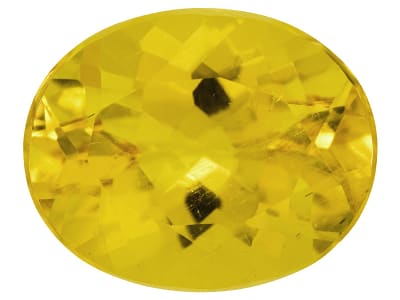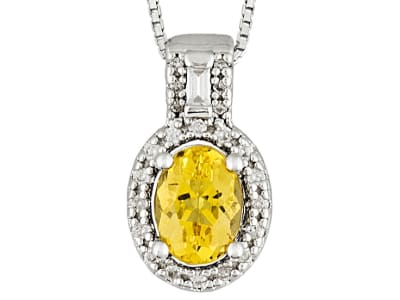Displaying characteristic yellow to orangish yellow and greenish yellow, heliodor is the most cheerful variety of beryl. Interestingly, as an allochromatic gem, pure beryl is colorless, with traces of different elements responsible for beryl's wide range of colors. Heliodor is named from ancient Greek words meaning "gift from the sun," as it was once believed that heliodor harnessed the power and warmth of the sun and was responsible for the change between day and night.
General Information
LWUV: Inert
Heliodor Colors
-
 Yellow
Yellow -
 Yellow
Yellow -
 Yellow
Yellow -
 Yellow
Yellow
Alternate Names
Golden Beryl
Countries of Origin
Tanzania, United Republic Of; Afghanistan; Russian Federation; Viet Nam; Czechia; United States of America; Madagascar; Portugal; Mongolia; Mozambique; Pakistan; Unknown; China; Brazil; France; Nigeria; Argentina; Sri Lanka; Ukraine; Spain; Canada; Norway; Namibia; Italy; Mexico; South Africa; Zimbabwe; Australia
Care
Normal Care, but some stones may fade in prolonged exposure to light or heat.
Species/Variety
Golden Beryl
Golden beryl can be light yellow to rich golden yellow. Stones are known for their excellent clarity and transparency. The three major sources are Brazil, Madagascar and Namibia.
Creation Classification
Lab Created
Hydrothermally grown synthetic heliodor gems crystallize slowly out of a solution (a mix of water and dissolved elements) that has been exposed to heat and pressure similar to the conditions on Earth under which the natural gem mineral grows.Synthetic gems have the same chemical, optical, and physical properties of their natural counterparts, but are a more cost-effective alternative to a natural gem.



